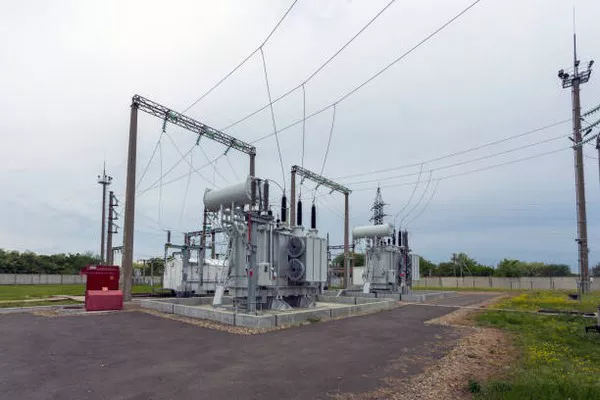Electrical transformers play a pivotal role in the efficient transmission and distribution of electrical power across various industries. These devices serve as the backbone of power distribution networks, stepping up or stepping down voltage levels to ensure optimal energy transfer. The working principle of electrical transformers is rooted in fundamental electromagnetic principles, and a comprehensive understanding of these principles is essential for engineers and enthusiasts alike.
Fundamental Components of a Transformer
At its core, an electrical transformer consists of two main components: the primary winding and the secondary winding, both encased within a magnetic core. The primary winding is connected to the input voltage, while the secondary winding is linked to the output. The magnetic core serves as a medium for the efficient transfer of magnetic flux between the windings.
Faraday’s Law of Electromagnetic Induction
The working principle of electrical transformers is deeply intertwined with Faraday’s law of electromagnetic induction. This law states that a change in magnetic flux within a closed loop induces an electromotive force (EMF) or voltage in the conductor encircling the magnetic field. In the context of transformers, the primary winding is connected to an alternating current (AC) source, resulting in a constantly changing magnetic field around the winding.
Mutual Inductance
The interaction between the primary and secondary windings, known as mutual inductance, is a fundamental aspect of transformer operation. As the magnetic field generated by the primary winding fluctuates, it induces a voltage in the secondary winding according to Faraday’s law. The rate of change of magnetic flux and the number of turns in the windings are critical factors influencing the magnitude of the induced voltage.
Turns Ratio
The turns ratio, defined as the ratio of the number of turns in the primary winding to the number of turns in the secondary winding, plays a pivotal role in determining the voltage transformation in a transformer. According to the turns ratio, if the primary winding has more turns than the secondary winding, the transformer is considered a step-up transformer, increasing the voltage. Conversely, if the primary winding has fewer turns than the secondary winding, the transformer is a step-down transformer, decreasing the voltage.
AC Operation and Magnetic Flux
Unlike direct current (DC) transformers, which are not practically feasible due to the absence of a changing magnetic field, AC transformers are widely employed in power systems. The alternating current in the primary winding causes the magnetic flux within the transformer’s core to alternate direction at the same frequency as the input voltage. This alternating magnetic flux induces a corresponding alternating voltage in the secondary winding, enabling efficient energy transfer.
Efficiency and Core Material
The choice of core material is critical to a transformer’s efficiency. Transformers typically use ferromagnetic materials for their cores, as these materials exhibit high permeability, enhancing the magnetic flux. Silicon steel is a common choice due to its low hysteresis loss and eddy current loss, ensuring minimal energy dissipation and high efficiency during the energy transfer process.
Hysteresis and Eddy Current Losses
Hysteresis and eddy current losses are inherent in transformer operation and contribute to energy dissipation in the form of heat. Hysteresis loss occurs due to the repeated magnetization and demagnetization of the core material with each cycle of alternating current. Eddy current loss results from circulating currents induced in the core material by the changing magnetic field. To mitigate these losses, transformer cores are often laminated to reduce eddy currents, and materials with low hysteresis loss are selected.
Transformer Ratings
Transformers are designed and rated based on their voltage and power-handling capacities. The voltage rating indicates the maximum voltage the transformer can handle, while the power rating specifies the maximum power it can transfer without exceeding temperature limits. Properly selecting transformers with appropriate ratings is crucial to ensuring the safety and reliability of power distribution systems.
See Also: What Is A Plug In Class 2 Transformer Used For?
Conclusion
In conclusion, the working principle of electrical transformers is deeply rooted in electromagnetic induction, Faraday’s law, and the fundamental principles of magnetic flux. By harnessing the principles of mutual inductance and the turns ratio, transformers efficiently transfer electrical energy between different voltage levels, facilitating the widespread distribution of power in our modern world. Understanding the intricacies of transformer operation, including core material selection, losses, and ratings, is essential for engineers and professionals involved in the design, operation, and maintenance of electrical power systems. As technology advances, transformers continue to play a vital role in ensuring the reliable and efficient transmission of electrical energy across diverse applications.

